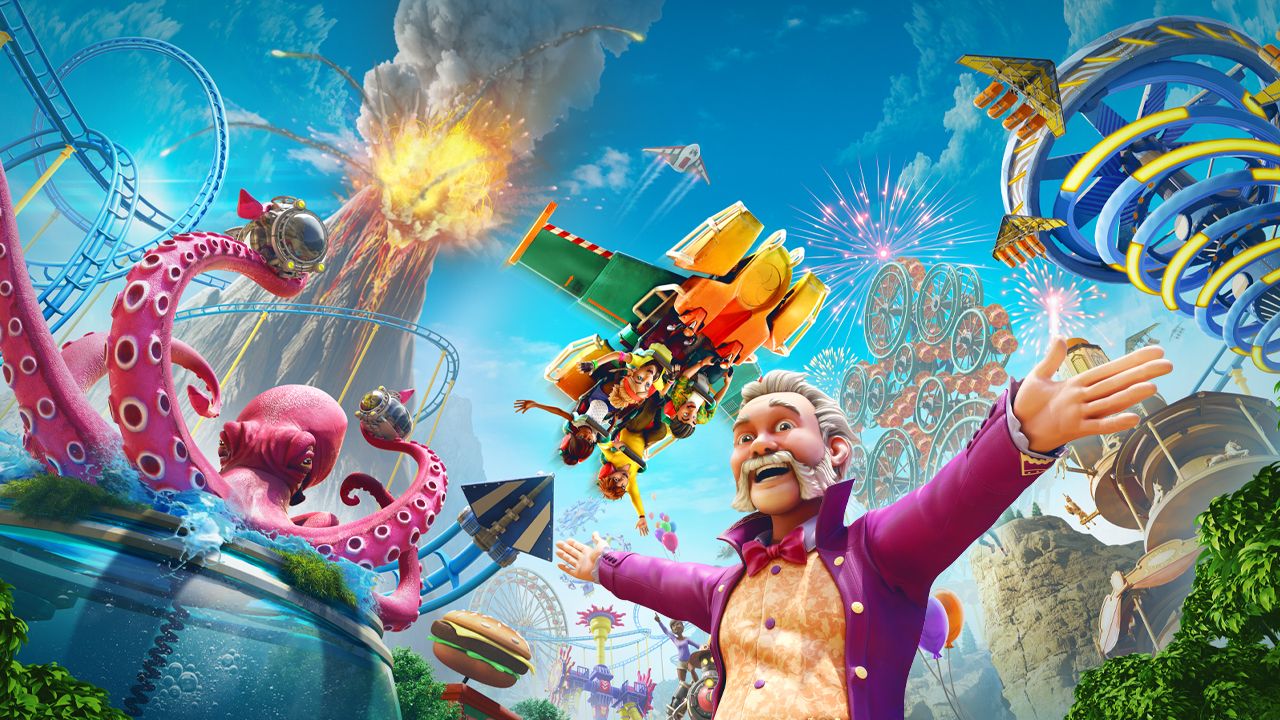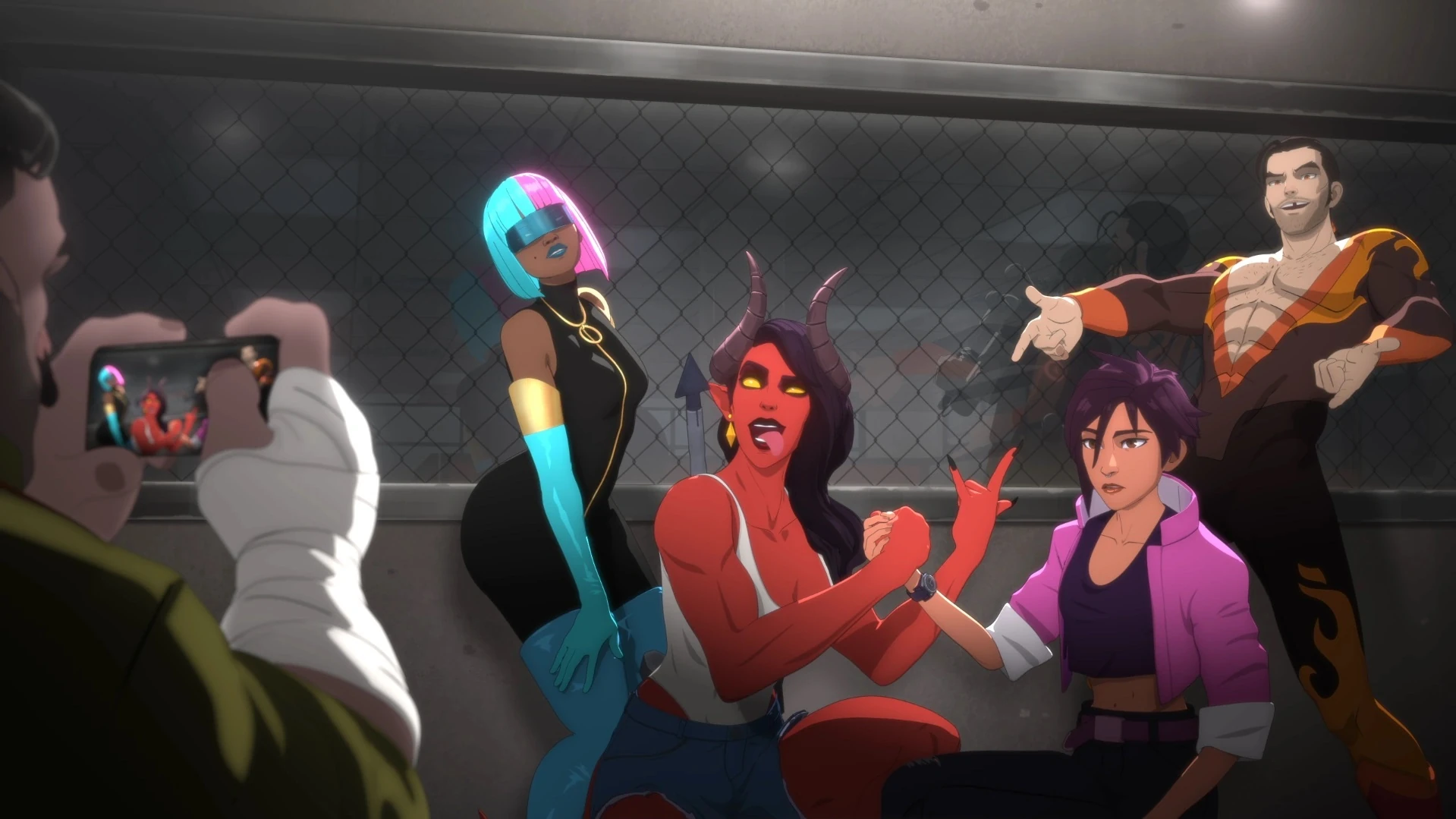Isn't it wild how the right lighting can transform a bland room into a cinematic masterpiece? I mean, talk about magic! It's not just about having the fanciest gear; it’s about consistency and repeatability. Once you nail down your setups, you can whip through shoots like a pro. Plus, who has time for trial and error during production, am I right?
If you could only pick one lighting setup for your shoots, what would it be? Let’s compare notes and maybe discover some hidden gems together!
#VideoLighting #StudioMagic #ContentCreation
If you could only pick one lighting setup for your shoots, what would it be? Let’s compare notes and maybe discover some hidden gems together!
#VideoLighting #StudioMagic #ContentCreation
Isn't it wild how the right lighting can transform a bland room into a cinematic masterpiece? 🎥 I mean, talk about magic! It's not just about having the fanciest gear; it’s about consistency and repeatability. Once you nail down your setups, you can whip through shoots like a pro. Plus, who has time for trial and error during production, am I right?
If you could only pick one lighting setup for your shoots, what would it be? Let’s compare notes and maybe discover some hidden gems together!
#VideoLighting #StudioMagic #ContentCreation
0 Commentarios
·0 Acciones










